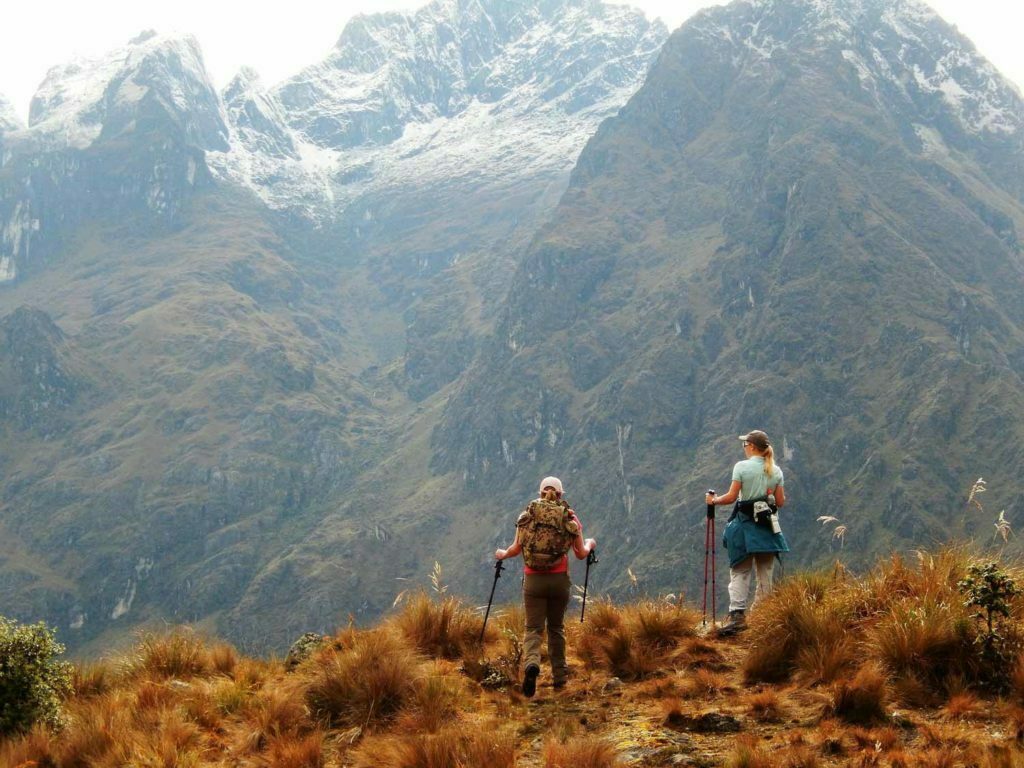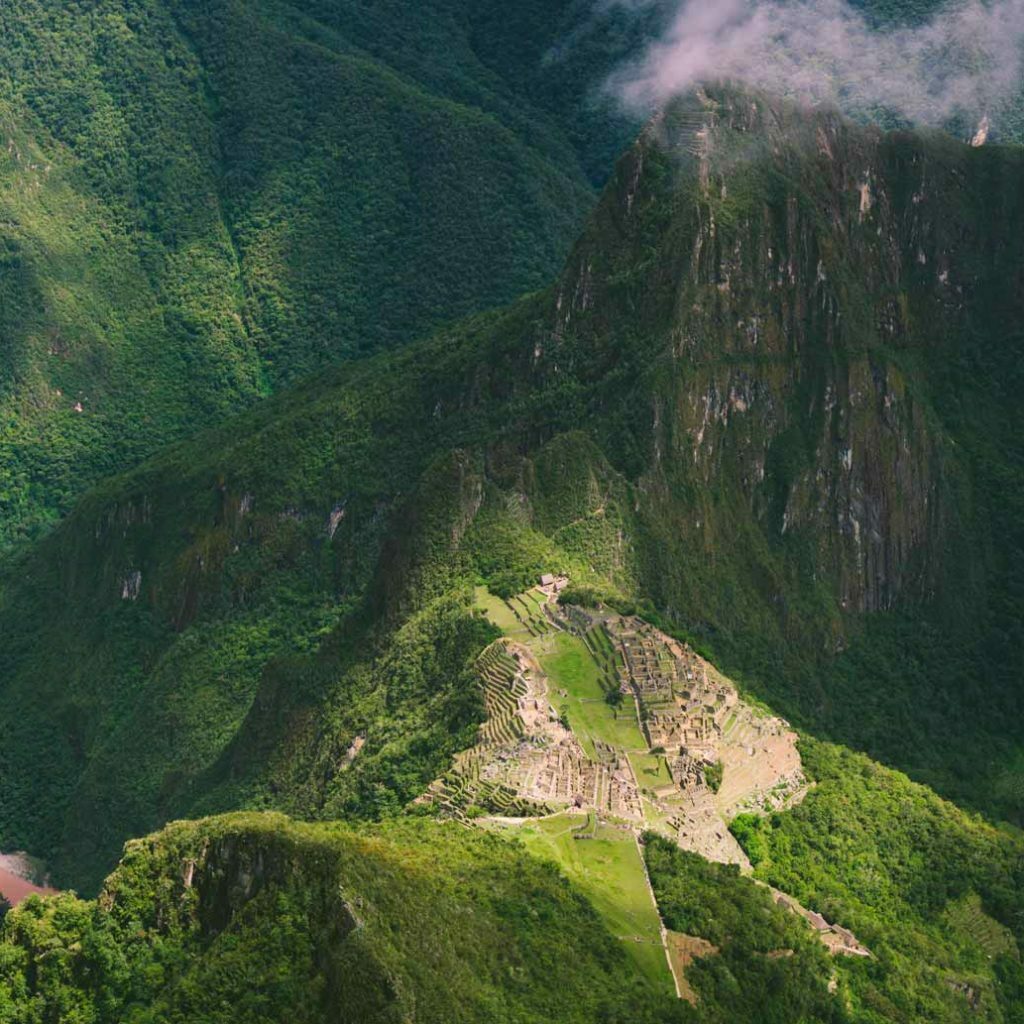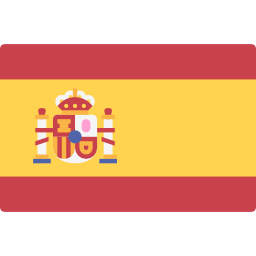Hikes in Machu Picchu: Short Trails and Multi-day Treks
There are many Hikes in Machu Picchu, some are short and some are multi day treks, almost all treks visit Machu Picchu in the last day.
Tie your shoes and start hiking! You can make your trip to Machu Picchu, the UNESCO Historic Sanctuary, even more rewarding with a hiking adventure. Discover the best hikes at Machu Picchu, from short trails inside the citadel to multi-day adventures through the Andes.
Four self-guided hikes within Machu Picchu offer new perspectives on the tropical region surrounding the archaeological site. Hikes at Huayna Picchu and Machu Picchu require a special entrance ticket that is purchased in advance. However, the Sun Gate and Inca Bridge hikes are great alternative options accessible with general entrances.
Those with more time and a strong desire for adventure can choose a multi-day hike to Machu Picchu. Whatever your choice, it is sure to make your visit to Machu Picchu even more memorable.
Important Planning Info
Tickets for Huayna Picchu and Machu Picchu Mountain are limited and demand is high, especially during the high season, from April to October. Advance planning is a must during these months to reserve your place for one of these hikes. Tickets for Huayna Picchu and Machu Picchu can be sold out up to 4 months in advance.
Walking to the Sun Gate or the Inca Bridge are more relaxed options. As no special ticket is needed to do either walk, just general admission to Machu Picchu, these options allow you the flexibility to decide whether or not to do them with limited advance planning.
Pandemic restrictions covid-19
Spaces and some places are restricted until further notice due to the coronavirus pandemic.
Closed sites: Huayna Picchu, Machu Picchu Mountain, Inca Bridge and Sun Gate, the Sun Gate can be accessed by doing the 2-day and 4-day Inca Trail hikes.


Machu Picchu Routes
1. Inca Trail
Classic Inca Trail to Machu Picchu
The most popular hike to Machu Picchu is the classic Inca Trail, which follows the original trails that the Incas would have taken from the Sacred Valley to Machu Picchu. Along the way trekkers are treated to a wide variety of breathtaking Inca sites and breathtaking scenery.
Due to its popularity and concern for the impact of tourism on the Machu Picchu Historic Sanctuary, the trail is limited to 500 walkers a day (300 of whom are destined for porters and guides).
As many people want to do this trek, tickets are sold out especially in the months where there is much demand, which are the months of May, June, July and August.
There are 2 classic routes of this Inca Trail, the classic Inca Trail of 4 days and the short of 2 days.
Inca Trail 4 days is ideal for those who feel a deep desire to travel the original pilgrimage route to Machu Picchu. You will be able to visit impressive places like Inti Punku.
The 2 day Inca Trail offers a taste of the Inca Trail for visitors who are looking for a non-challenging trekking experience. Entrance to Machu Picchu by the unforgettable Inti Punku (Puerta del Sol).
2. Alternatives Treks to the Inca Trail
Salkantay Trek
The Salkantay Trek to Machu Picchu is a longer and more difficult route than the classic Inca Trail but, because it does not require a guide or permission, it is quickly becoming a popular alternative.
Typically completed in four days, the 38-mile route can be modified in distance with assistance by car and train. Starting at Challacancha near Mollepata and ending at the hydroelectric plant on the Urubamba River, the route climbs at a pace of 15,200 feet and descends through a cloud forest to the high jungle.
Most independent tours and trekkers set up a tent in designated camping areas, but because the trail passes through small Andean villages, some tours offer ecological accommodations or family homes. You can rent camping equipment and backpack in Cusco, however, it will not be of high quality, light equipment.
This route is the last trekking of the Inca Trail, and one of the best alternative hikes to the Inca Trail.
It is a hard trekking with incredible landscapes. The main letter is to approach the Nevado Salkantay (6.217m) and its big neighbors. It is also ideal for unsupported hikes.
The Salkantay trail is the second most popular trail in the region after the Inca Trail and was voted one of the 25 best trails in the world by National Geographic.
Best tour: Salkantay Trek 5 days and 4 nights.
Lares Trek
A great hike for those who want to immerse themselves in the local culture and get to know / interact with authentic Peruvian communities.
We know it as a cultural trek, as you know several local communities to see up close what life is like in the Andes.
Best tour: Lares Trek 4 days and 3 nights .
Inca Jungle Trek
The best trekking option for adventure seekers as it includes an incredible cycle of descent, trekking and canopy and rafting potential.
This trek is impressive, it is full of adventure and adrenaline, there are several travel agencies that make your adventure as pleasant as possible.
Best tour: Inca Jungle Trek 4 days and 3 nights.
Choquequirao Trek
The ruins of Choquequirao are very impressive and well worth a visit. Trek is relatively resistant but flexible, so it can be easily shortened or lengthened depending on your needs.
In our opinion it is one of the most difficult hikes in Cusco and Peru.
Most of the tours that make the trek to this place end in Machu Picchu.
Best tour: Choquequirao Trek 9 days and 8 nights.
Machu Picchu Routes Details
Classic Inca Trail
| Distance | ~45 km (~28 mi) |
| Average trekking per day | ~12 km (~7.5 mi) |
| Maximum altitude | ~4,200 m (13,779 ft) – Warmiwanusca |
| Number of days | 4D/3N |
| Difficulty | Moderate – Hard |
| Best time of year | May, June, July and August. The dry months from May to September are the best. The trail is closed in February. |
| Accommodation | Camping |
Short Inca Trail
| Distance | ~13 km (~8 mi) |
| Average trekking per day | ~13 km (~8 mi) |
| Maximum altitude | ~2,700m (8,858 ft) |
| Number of days | 2D/1N |
| Difficulty | Short – Easy |
| Best time of year | May, June, July and August. |
| Accommodation | Hotel in Aguas Calientes |
Alternative Trail Details
Salkantay Trek
| Distance | ~55 km (~34 mi) |
| Average trekking per day | ~12 km (~7.5 mi) |
| Maximum altitude | ~4,600 m (15,091 ft) – Salkantay Pass |
| Number of days | 5D/4N – 4D/3N – 6D/5N – Personalized |
| Difficulty | Long trekking – Moderate – Hard |
| Best time of year | May, June, July and August. |
| Accommodation | Camping + 1 night in hotel in Aguas Calientes |
Lares Trek
| Distance | ~33 km (~20.5 mi) |
| Average trekking per day | ~8 km (~5 mi) |
| Maximum altitude | ~4,450 m (14,599 ft) – Ipsaycocha Pass |
| Number of days | 4D/3N – Personalized |
| Difficulty | Easy – Moderate |
| Best time of year | May, June, July and August. |
| Accommodation | Camping + 1 night in hotel in Aguas Calientes |
Inca Jungle Trek
| Distance in Bike | ~60 km (~37.2 mi) |
| Trekking Distance | ~15 km (~9.3 mi) |
| Maximum altitude | ~4,316 m (14,160 ft) – Abra Málaga or Málaga Pass |
| Number of days | 4D/3N – 3D/2N |
| Difficulty | Easy – Moderate |
| Best time of year | May, June, July and August. |
| Accommodation | Hostels, with hotel in Aguas Calientes |
Choquequirao Trek
| Distance | ~65 km (~40 mi) |
| Average trekking per day | ~8 km (~5 mi) |
| Maximum altitude | ~4,670 m (15,321 ft) – Yanama Pass |
| Number of days | 9D/8N – 5D/4N – 4D/3N – Personalized |
| Difficulty | Easy – Moderate |
| Best time of year | May, June, July and August. |
| Accommodation | Camping + 1 night in hotel in Aguas Calientes |
Hikes inside the citadel of Machu Picchu
Huayna Picchu
The Huayna Picchu is the dome-shaped peak that forms the iconic background that is omnipresent in the photographs of Machu Picchu. This Inca trail is the most sought after hike within the citadel.
A large granite monolith called the Sacred Rock, or Wank’a in Quechua, is located just before the Huayna Picchu checkpoint. Here hikers must present their entrance ticket and sign in before starting the winding road to its summit. They must also sign out of the trail.
The path narrows towards the top of the trail and climbs up steep steps and passes stone ruins that cling to the cliffs. There are handrails and ropes to hold on to for extra support, but it is a frightening experience for anyone who is afraid of heights. A good alternative for hiking with less steep sides is Machu Picchu Mountain.
At the top of Huayna Picchu there is a seat-shaped rock, called the “Throne of the Inca”, where you can enjoy an impressive view of Machu Picchu.
DURATION
It usually takes hikers between one and one and a half hours to reach the top. Athletes reach the summit in 45 minutes. It takes about the same amount of time to descend, so it is good to give yourself 3 hours in total.
A SPECIAL ENTRANCE TICKET IS REQUIRED
There are only 400 tickets per day available for Huayna Picchu. You must obtain a combination of general ticket + ticket for Huayna Picchu in advance. Each Huayna Picchu permit allows for same-day re-entry and up to 6 hours accumulated within Machu Picchu.
At the time of purchase, you must choose between two time slots to start the trek:
- The first group (200 people) is from 7 to 8 hours.
- The second group (200 people) is from 10 to 11 in the morning.
Read more about Huayna Picchu.
Update post Covid-19
Closed! It is not possible to visit due to restriction issues by covid-19.
Machu Picchu Mountain
When it comes to hiking options within the famous Inca archaeological site, the mountain of Machu Picchu is typically the second fiddle of the Huayna Picchu, but this imposing peak offers advantages that should not be overlooked.
“At the top of Machu Picchu mountain you look down on Huayna Picchu, and when it is clear you can even see snowy mountains in the distance,” said our expert guide Fabricio Ortiz during an interview for an article published in Living in Peru, “There is a much better panoramic view at the top of Machu Picchu mountain, and it only takes a small time difference.
Large granite steps comprise most of the way to the top. The steep climb is a challenging but rewarding experience. Go at your own pace and drink plenty of water. A magnificent 360-degree view greets you at the top.
Duration
It usually takes hikers about two hours to reach the top. Athletes reach the summit in an hour and a half. It takes about 1.5 hours to go back down, so it’s good to give yourself 4 hours in total, also taking into account the time to enjoy the view.
A special entrance ticket is required
There are only 400 tickets per day for the Machu Picchu mountain. As in the Huayna Picchu, you must obtain a combination of general entrance + entrance to the Machu Picchu mountain in advance. Each permit for Machu Picchu Mountain allows a re-entry on the same day and up to 7 hours accumulated within Machu Picchu.
At the time of purchase, you must choose between two time slots to start the hike:
- The first group (200 people) is from 7 to 8 hours.
- The second group (200 people) is from 9 to 10 in the morning.
Check out our blog with more information about the Machu Picchu mountain.
Update post Covid-19
Closed! It is not possible to visit due to restriction issues by covid-19.
Gate of the Sun (Inti Punku)
Once upon a time, the imperial guards of the Inca Empire probably controlled the passage to Machu Picchu at the Sun Gate (Inti Punku).
Today, trekkers on the Inca Trail enter Machu Picchu through this emblematic stone door on the last day of their adventure. Another way to visit the Sun Gate is to enter Machu Picchu with your general admission ticket and then walk up. No special ticket is required.
Starting near the Cabaña del Cuidador (or Casa de la Guardia), the wooden signs of “Inti Punku” indicate the direction of the cobbled path of the walk with a few sections of stairs that gradually slope up the mountain away from the main citadel. The surrounding mountains and beautiful valleys should be all the encouragement you need to reach the summit.
Duration
It takes most people between 40 and 60 minutes to reach Puerta del Sol, calculating the time to rest and take pictures.
No special entrance ticket is required
Visitors to Machu Picchu with general entrances have access to the Sun Gate trail. It is possible to complete this walk before touring the citadel.
Update post Covid-19
Closed! It is not possible to visit due to restriction issues by covid-19. But if you do the 2 day Inca Trail or 4 day Inca Trail you will be able to visit this place.
Inca Bridge
It is believed that the Inca bridge, built with a few narrow logs over a vertical drop, served as a secret entrance to Machu Picchu.
The path to the Inca Bridge goes around the back of the mountain of Machu Picchu in the opposite direction to the Inca citadel. No special entrance is required to walk the trail, although daily traffic to the Inca Bridge is documented. Each visitor must register their name in a book at the entrance and then sign out.
The walk follows a fairly uniform path to a lookout point to see the bridge. It is not a strenuous hike, but some of the falls along the trail edges can be scary for anyone suffering from vertigo.
Crossing the Inca bridge itself is strictly forbidden nowadays for safety reasons, but you can take as many pictures as you like. On the way back, you might wonder if you would have the “courage” to cross the bridge if you lived in Inca times.
Along the side of a stone mountain, the Inca Bridge, a wooden plank, rests on a steep drop.
Duration
Most people arrive at the Inca Bridge in about 20-30 minutes.
No special entrance ticket is required
Visitors to Machu Picchu with general entrances have access to the Inca Bridge trail. It is possible to complete this hike before visiting the citadel.
Update post Covid-19
Closed! It is not possible to visit due to restriction issues by covid-19
Tags: Hike to Machu Picchu, Machu Picchu Hike, Lares Trek to Machu Picchu, Inca Trail to Machu Picchu, Salkantay Trek to Machu Picchu, Hiking to Machu Picchu, How to get to Machu Picchu, Getting to Machu Picchu, Trek to Machu Picchu
 English
English Spanish
Spanish Portuguese
Portuguese